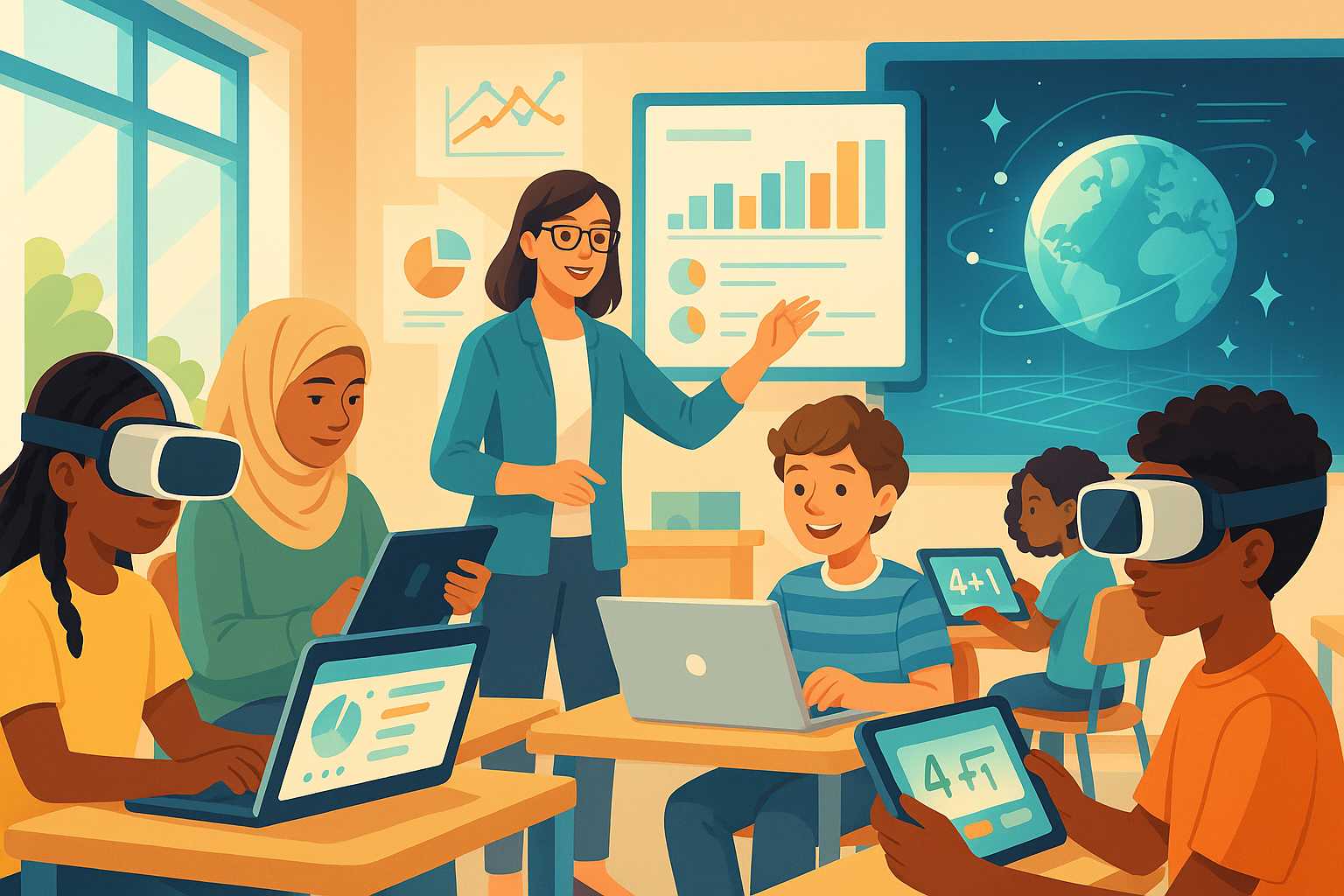In recent years, the educational landscape has undergone a significant transformation, largely fueled by technological advancements. The concept of personalized learning—tailoring educational experiences to individual student needs—has shifted from a distant ideal to a tangible reality. Let’s explore how technology is making personalized learning more accessible and effective than ever before.
The Shift Toward Personalization
Traditional education often relied on a one-size-fits-all approach, with standardized curricula and teaching methods. However, students have diverse learning styles, paces, and interests. Personalized learning seeks to bridge this gap by customizing content, pace, and feedback for each learner.
Technological Tools at the Forefront
Several tools are driving this change:
-
Adaptive Learning Platforms
These AI-powered platforms assess a learner’s strengths and weaknesses in real time, adjusting lessons to focus on areas needing improvement. Platforms like Khan Academy and Duolingo exemplify how adaptive technology can help students master concepts at their own pace. -
Data Analytics
Educators can now analyze student progress through robust data dashboards, enabling a quick identification of learning gaps. This data-driven approach supports informed interventions and resource allocation. -
Collaborative Learning Environments
Virtual classrooms, discussion boards, and shared documents foster peer interaction and group learning, catering to students who thrive in social settings. Tools like Google Classroom and Microsoft Teams make collaboration seamless. -
Immersive Technologies
Virtual reality (VR) and augmented reality (AR) are bringing abstract concepts to life. Imagine a student exploring the human bloodstream or ancient civilizations in a fully immersive environment—making learning both engaging and impactful.
Benefits Beyond the Classroom
Personalized learning doesn’t just benefit academic outcomes. It equips students with lifelong skills: self-directed learning, critical thinking, and adaptability. Moreover, it enhances equity by providing tailored resources for learners with different abilities and backgrounds.
Challenges and the Road Ahead
Despite its promise, personalized learning via technology faces challenges—such as ensuring data privacy, equitable access to devices, and teacher training. Addressing these issues is crucial for scaled implementation.
Ultimately, technology in education is more than a trend; it’s a tool for empowerment. As innovative solutions continue to emerge, learners everywhere stand to gain from experiences tailored just for them.
Leo


Leave a Reply